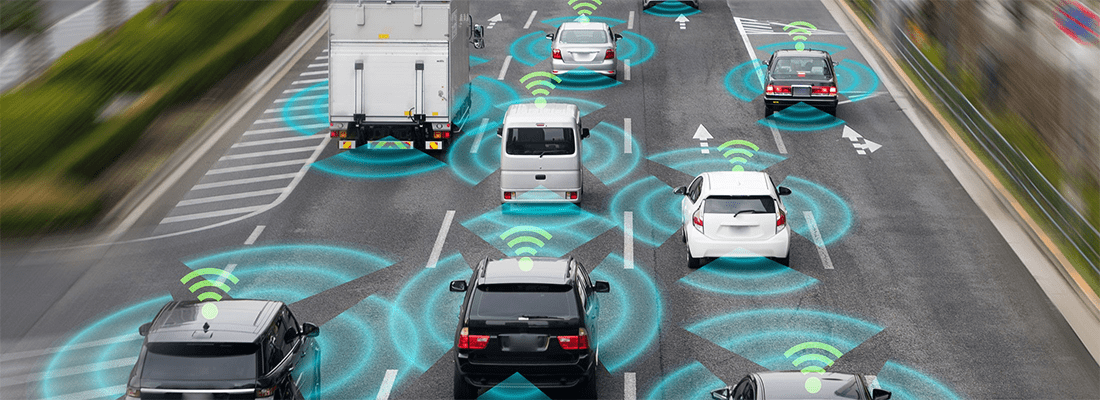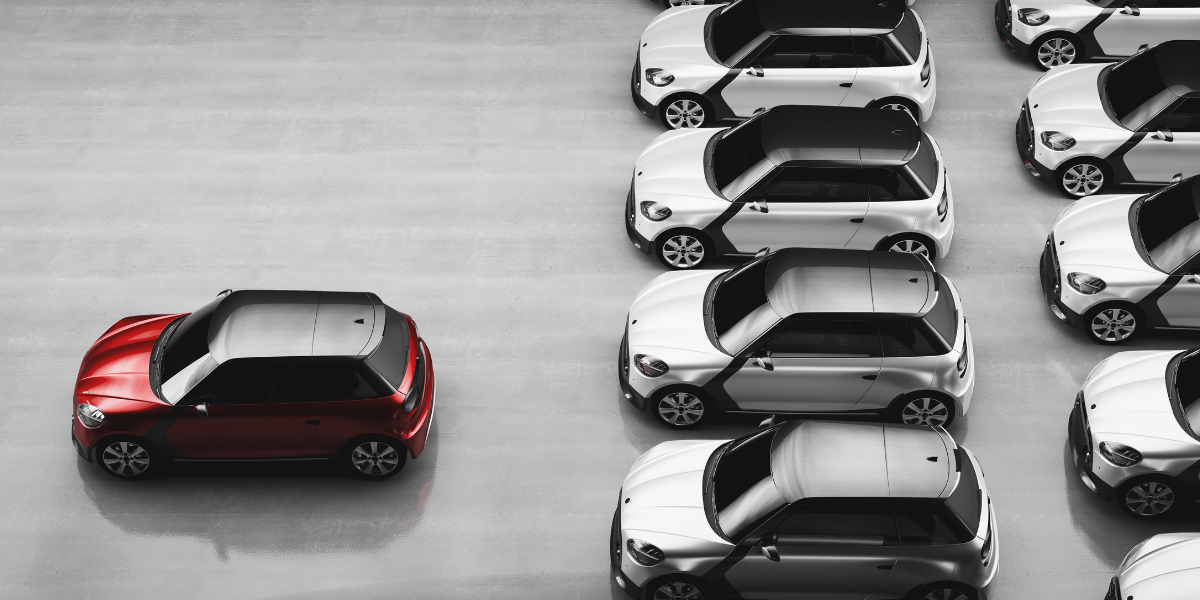Data storage is the key to autonomous vehicles' future
Mark Pastor, product marketing director for archive products at Quantum, says autonomous driving depends on interlinked technologies, including data collection and storage, which are often overlooked. Most of the public’s focus is on the machine-learning aspect of driving, that is the system that helps vehicles detect hazards and respond accordingly, based on incoming data. However, data collection and storage can substantially influence the pace of development for autonomous vehicle designers.
Data speed bumps
The road to self-driving cars is full of speed bumps that are slowing the development process. The first issue for manufacturers to address is that all data captured on the road is essential to developing a safe and fully automated driving experience. The problem is that there is so much of it to handle and process.
IDC forecasts that by 2025, the global data sphere will grow to 163ZB (that is, a trillion gigabytes). That’s 10 times the 16.1ZB of data generated in 2016. Inside the vehicles themselves the news is daunting too. Autonomous vehicles’ data is growing even faster thanks to autonomous test vehicles, which typically generate between 5TB and 20TB of data per day, per vehicle.
This includes cameras, which tend to generate 20 to 60Mbps, depending on the quality of the images that are captured, which ranges from standard definition to higher definition, as well as sonar (10 to100kbps) radar (10kbps), LIDAR systems (10 to 70Mbps) and GPS (50kbps). The key is to ensure that sensors are collecting the right data and it is processed immediately, stored securely and transferred to other technologies in the chain.
Manufacturers will have a lot of decisions to make when it comes to how they architect the systems that receive and retain in-vehicle captured data. Most important here is how to create an infrastructure and workflow that enables a smooth transition of data throughout its life. This goes from initial in-vehicle capture all the way through long-term retention of data that will be critical for future development, reference, compliance or litigation.
One proven approach is a high-performance front-end, based on solid state drives or disks, and low-cost storage for massive, scalable retention usually based on tape, but sometimes disk. Public cloud infrastructures are also useful for ‘cloud burst’ analysis, which is when demand for processing resources spike beyond the level that is typically needed or available on the premises.
Racing to 5G
We can’t speak about autonomous vehicles and data without mentioning how 5G will enable a new era of connected cars. Most vehicles on the road today are fitted with some form of in-vehicle communications system or internet access.
New developments in communications standards and networks have shown speeds of over 10Gbps and latencies of less than 10ms, which deliver high speed, wide bandwidth and extremely low latency. 5G expands the data potential for autonomous vehicles tenfold: as it does not need a carrier, most of the data ingest and transfer can be done without wide area network coverage. We’re looking at vehicle-to-vehicle and vehicle-to-infrastructure communications at a speed and capacity that wasn’t previously possible with older generation networks. Industry experts believe that autonomous driving will not truly be achievable until 5G kicks in, but there’s still a lot of work to be done before driverless cars become the norm.
There’s no doubt that 5G will dominate mobile communications and will add to the data burden shouldered by autonomous vehicles. Automotive manufacturers need to remember that the car of the future is going to be in essence a mobile data centre, that will carry and handle enormous volumes of data.
However, as much as we like to talk about acceleration in the connected car race, the move to fully connected vehicles will be gradual. We still need to resolve some challenges around this, including the high frequency waves utilised by 5G. They can’t travel far, are easily absorbed by their surroundings and these factors can limit how quickly and far information travels between stations.
Perhaps we will see more base stations and more trials, but wide coverage will take some time to achieve. With so much data at such high frequencies, the full benefits of autonomous driving won’t be realised until years from now.
One thing is certain: data volumes will continue to grow. Having the right in-vehicle and back-end storage infrastructures is central to the development of autonomous vehicles.
The author of this blog is Mark Pastor, product marketing director at Quantum.
Share your story
Do you have an innovation, research results or an other interesting topic you would like to share with the professionals in the infrastructure, traffic management, safety, smart mobility and parking industry? The Intertraffic website and social media channels are a great platform to showcase your stories!
Please contact our Sr Brand Marketing Manager Carola Jansen-Young.
Are you an Intertraffic exhibitor?
Make sure you add your latest press releases to your Company Profile in the Exhibitor Portal for free exposure.






